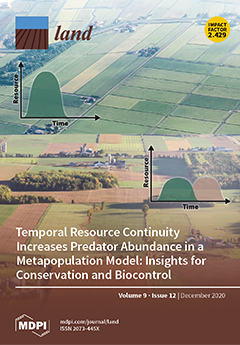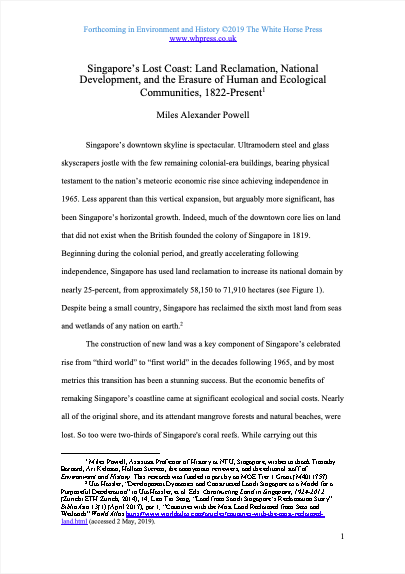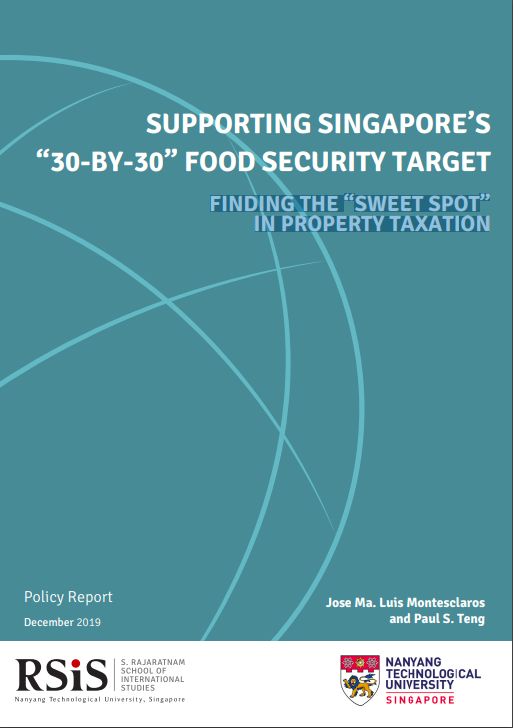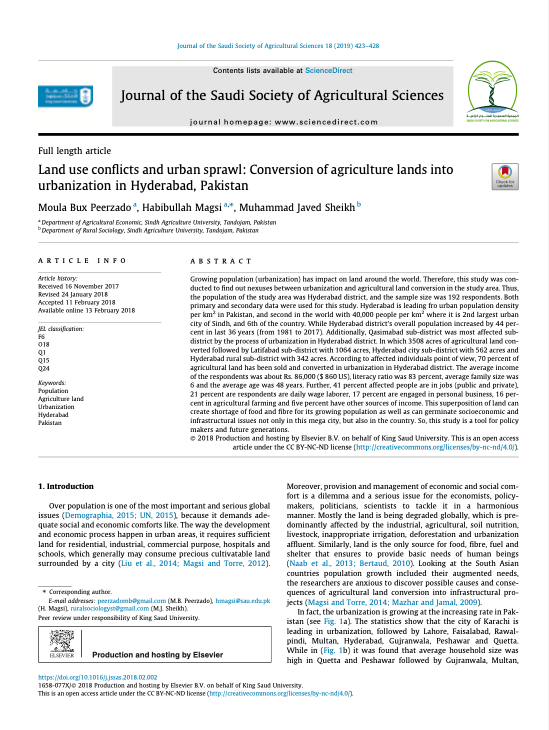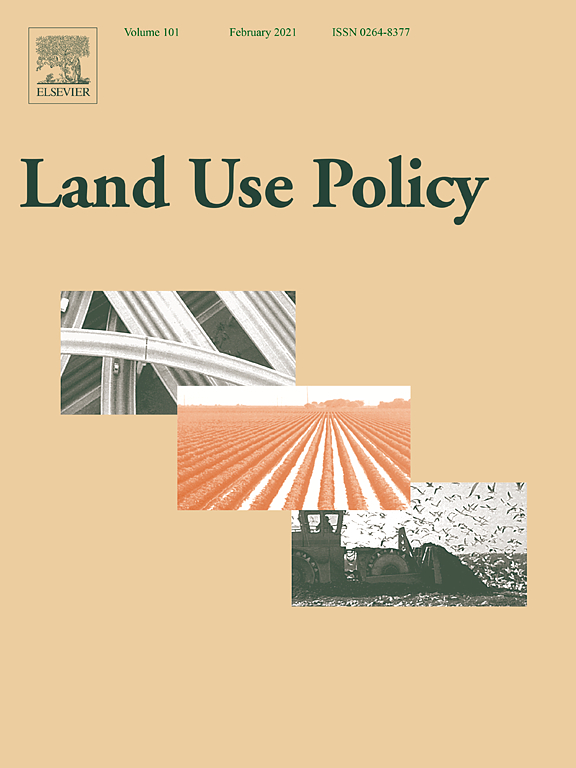NATIONAL URBAN POLICY PACIFIC REGION REPORT
There is a growing consensus in the international community about the impact of the transformative power of urbanization. The Agenda 2030 for Sustainable Development, containing the Sustainable Development Goals (SDGs), consolidates our vision of urbanization as a tool, and an engine, for development, as reflected in SDG Goal 11: Make cities and human settlements inclusive, safe, resilient and sustainable.

